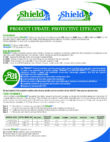Understanding the Relative Safety & Efficacy of

We make no secret of our active ingredient, a product of nature that has thousands of years of protective service to a wide range of creatures...
CHITOSAN
Chitosan has been studied and reviewed by numerous Departments and Agencies in the USA, as well as a growing list of equivalent agencies of other nations.
Below, you will find an assortment of quotations and links to documents detailing the approvals, studies, and scholarly articles detailing the Relative Safety & Efficacy of this wonder of nature.
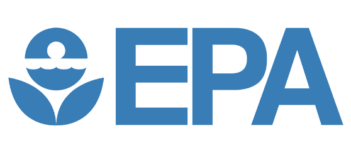
Final Approval Now Posted...
On November 8, 2022, the U.S. Environmental Protection Agency (EPA) finalized a rule adding chitosan (Poly-D-Glucosamine), a naturally occurring substance found in the cell walls of all crustaceans, most fungi, and the exoskeletons of most insects, to its minimum risk pesticide exemption list. In doing so, EPA is specifying that the listing also includes those chitosan salts that can be formed when chitosan is mixed with the acids that are listed as active or inert ingredients eligible for use in minimum risk pesticide products. [read the entire announcement]
What Does This Mean?
It simply means that the all-natural active ingredient in ZShield24, already a recognized fungicide and antimicrobial agent, has now been deemed so safe that it no longer requires any regulation or registration with the EPA under FIFRA. The use of this proven-effective treatment is now on record as having 'below the level of concern' toxicity to humans, and no negative environmental impact. Safe and effective...That's just what the market wants and needs.
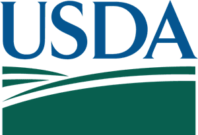
USDA Technical Evaluation Report, February 2004
Approved for use on crops, both as an Adjuvant [in 2008] (additive to other active products) and...as Natural Plant Disease Control Agent [in 2019]. [For more information, see this document from the USDA].
EPA supporting assessment of Chitosan efficacy against plant pathogens: plant defense booster, plant growth enhancer. [read more]
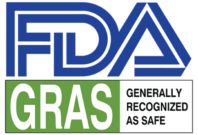
Designated as GRAS [Generally Recognized as Safe] and used regularly as a clarifier and antimicrobial aid in the manufacturing of wine.
Approved the the National Organic Standards Board for addition to the National List of Approved products.
Approved by the FDA for use in the preservation of minimally preserved strawberries. [read more]
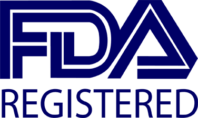
Approved by the FDA for use a sealant and protective super-absorbent dressing used in the treatment of wound care.
An Overview of FDA Considerations and Approved Applications of Chitosan in Biomedicine [read more]
Approved by the FDA for use in controlling Salmonella in broilers by adding it to feed.
Approved by the FDA for use in the manufacturing, preservation and delivery of food and drugs. [read more]

Proposed by the EPA for inclusion as an Active Ingredient in the Minimal Risk Pesticide Exemptions List.
Currently under consideration for antiviral applications as a tool to combat COVID-19.
EPA Promotes Inclusion and Innovation with Environmental Applications of Chitosan.
Significant Quotes:
- "By adding this naturally-occurring substance to this list, the agency can save taxpayers and stakeholders time and money through waived Federal Insecticide, Fungicide, and Rodenticide Act (FIFRA) registration requirements for certain products containing chitosan."
- "Chitosan is a naturally occurring substance found in the cell walls of all crustaceans, most fungi, and the exoskeletons of most insects. It is currently registered with EPA as a fungicide, antimicrobial agent, and plant growth regulator that boosts the ability of plants to defend against fungal infections."
- "After reviewing the latest available science, consulting with the Federal Insecticide, Fungicide, and Rodenticide Act (FIFRA) Scientific Advisory Panel , and ensuring that all criteria are met, EPA is now proposing to add chitosan to its list of active ingredients eligible for EPA’s minimum risk pesticide exemption. EPA estimates the cost savings of this action could be up to $116,000 initially and about $3,400 per year thereafter."
- "[The] EPA created the exemption for minimum risk pesticides in 1996 to reduce the cost and regulatory burdens on businesses and the public for pesticides posing little or no risk to human health and the environment."
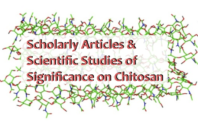
Applications of Chitosan for Protection of Fruits & Vegetables against S. Aureus. [read more]
A Review of the Antimicrobial Activity of Chitosan [read more]
Antimicrobial Actions and Applications of Chitosan [read more]
Applications of chitosan in food, pharmaceuticals, medicine, cosmetics, agriculture, textiles, pulp and paper, biotechnology, and environmental chemistry [read more]
Underlying Mechanism of Antimicrobial Activity of Chitosan Microparticles and Implications for the Treatment of Infectious Diseases
Antibacterial Activity of a Chitosan-based System [read more]
Chitosan Derivatives and their Application in Biomedicine [read more]
